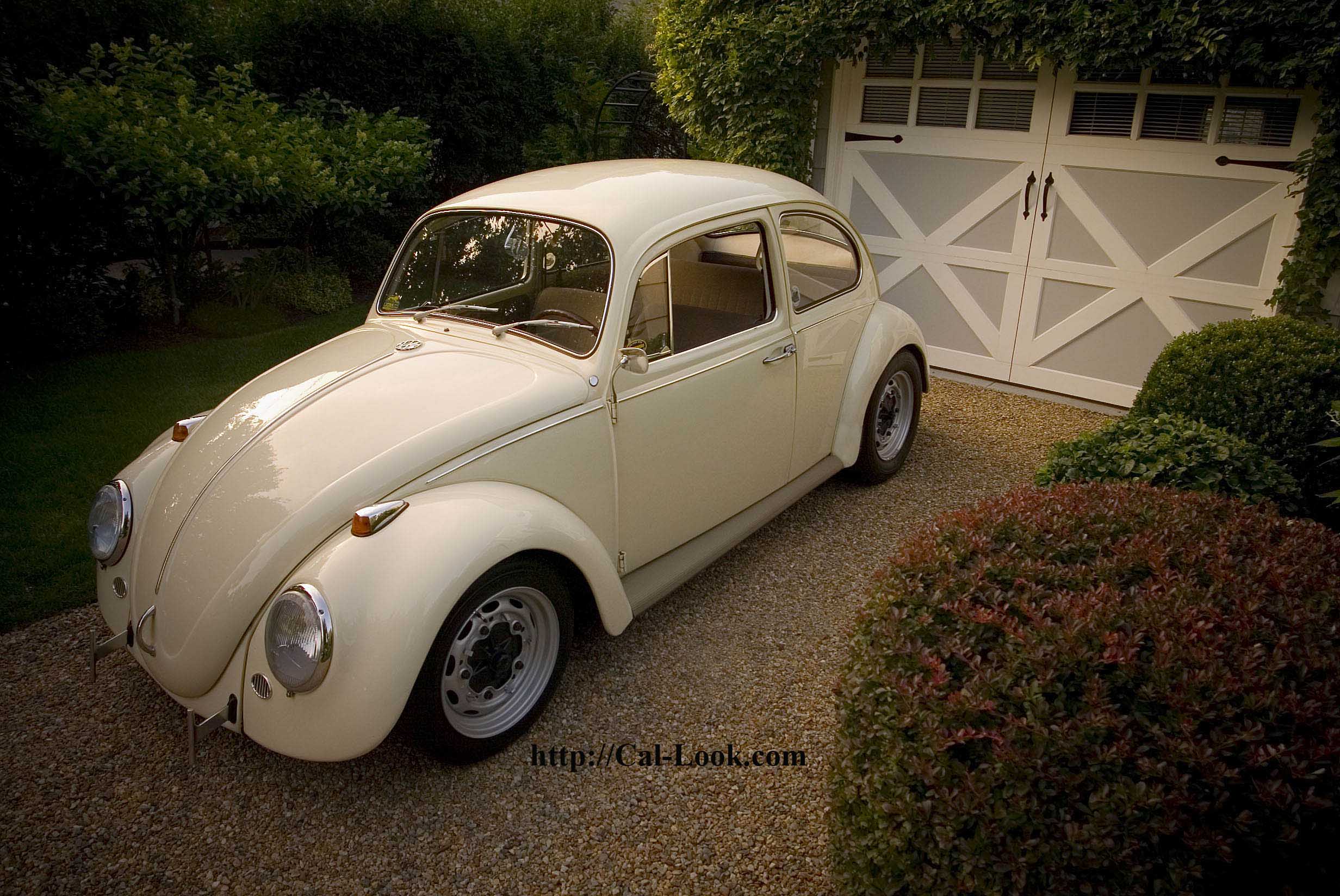
28 Jul Porsche 356 Wheel Restoration, Part III
I finally installed the restored 1960 Porsche 356 rims on my ’67, and I have to admit, I’m happy with the results. I didn’t want to run my original DDS Alum-a-Lite wheels every day, as they’re fragile, and besides, made the car look a bit too macho. This doesn’t suit either the car’s personality or mine. My goal was to tone it down with a period rim that was true to the formative days of the California Look, and feel that I’ve met that goal.
I’ve always admired the subtle focus of early Cal-Look cars from the late ‘60s to mid-70s – before dashes stated being cut up or giant tires fitted to the rear – and 356 rims were indeed a popular rim back them. Most cars, however, ran chromed Porsche 356 rims, but I deviated here because I find the chrome versions too “blingy”, so-to-speak. I chose to paint them in the original Silver, and bought Wurth Silver Wheel paint on the advice of several 356 enthusiasts. At $24 a can – requiring 3 cans to paint 5 wheels – it wasn’t cheap.
Painting the Rims
I wasn’t thrilled with how this paint “laid down” on the wheels, and had read that with other people who had used it. I found that only a few light coats worked best. Several people recommended coating the wheels with a few coats of semi-gloss clear, but the factory didn’t do it that way, so neither will I (I have no imagination when it comes to originality).
My initial impression is that this paint picks-up stains easily, so my plan is to clay bar them (to flatten the shine) and then wax them to protect them once the rims have a few weeks to cure. I didn’t want the wheels perfect – forgoing powder coating, etc. – as I wanted the wheels to look like they’ve been with the car for years. As my ’67 is still wearing most of its original paint and its entire original interior, installing a set of over-restored rims would have looked ridiculous.
It’s All in the Details
I’m a nerd, and love period details, so I installed a set of period-correct Michelin XZXs, sized 135/15 in the front and 175/15 in the rear. These were the tires on my fake BRMs, and they finished off the wheels perfectly. If I were buying a new set, I would have installed a set of 145s up front, as with the 4.5 inch rims, there is enough clearance. I would also have installed a set of 185s in the rear. As these tires are expensive, however, I’ll stick with the tires I have until a new set is needed.
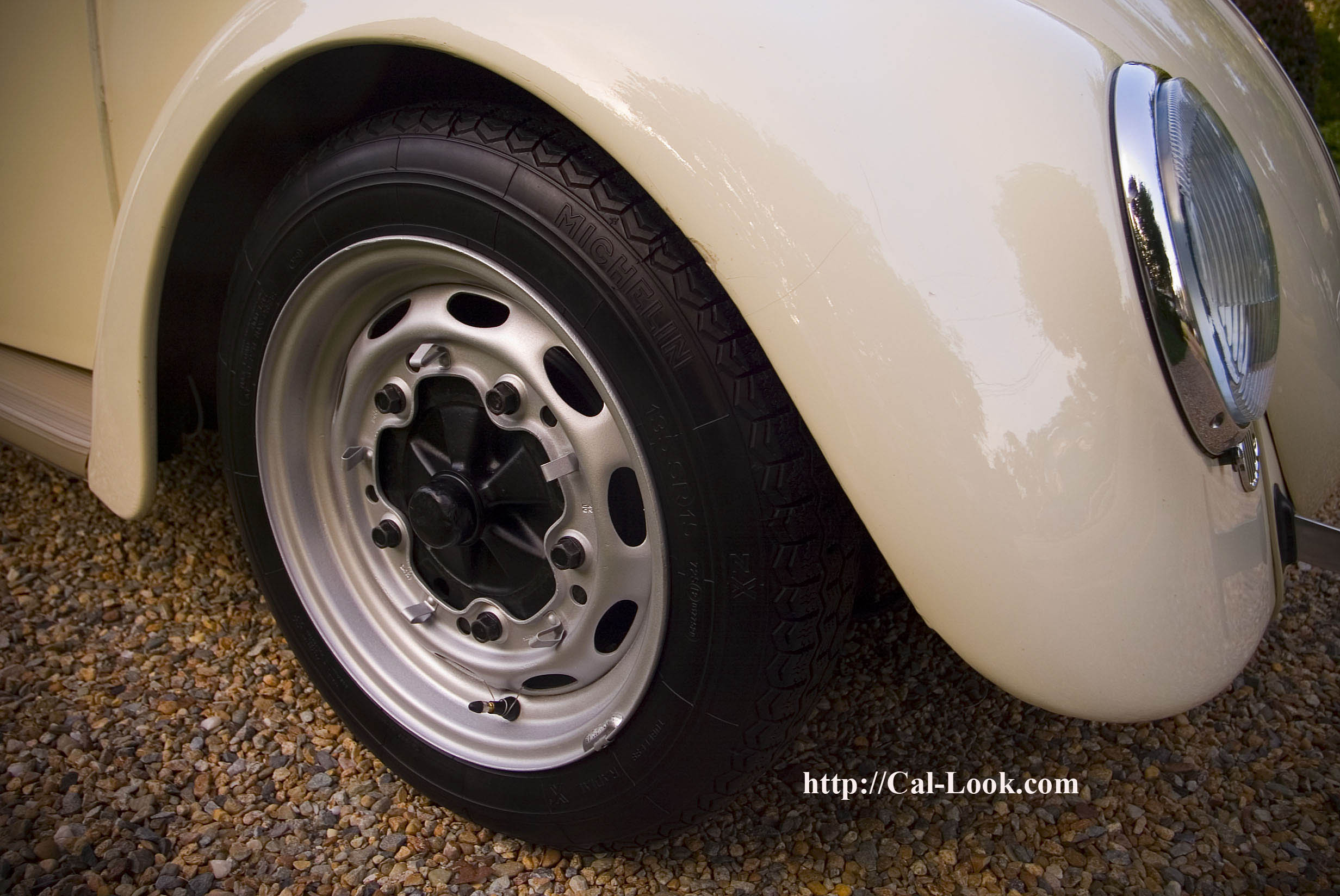
(Ignore the ride height in the photo to the left – I had just lowered car the car off of the jack stands and it hadn’t settled. As you can see in the overall photo in the top of this post, it settled just fine).
That being said, I’m still not happy with the track on the rear, and plan to install a set of original-type 356 Carrera rear wheel spacers, which are 20mm aluminum blocks (see pictures below). Aside from giving me the rear track that I want, they are plain cool and should look great. I can’t find anyone who remakes these – everyone only offers modern-type wheel spacer discs, which won’t do – so I’ll probably have someone manufacture a set for me.
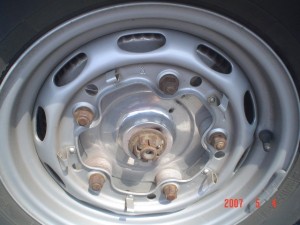

Other details include using period-correct valve stem caps (I kid you not) and wire reinforcement valve stem supports. Porsche installed these at the factory to support the valve stem on the Autobahn during high speed runs. Theories differ on these, with some arguing that it was due to the fact that they used to run tubes, which could shift, while others point out that it was simply to support the valve stem during high G applications. Whatever the reason, they look cool.
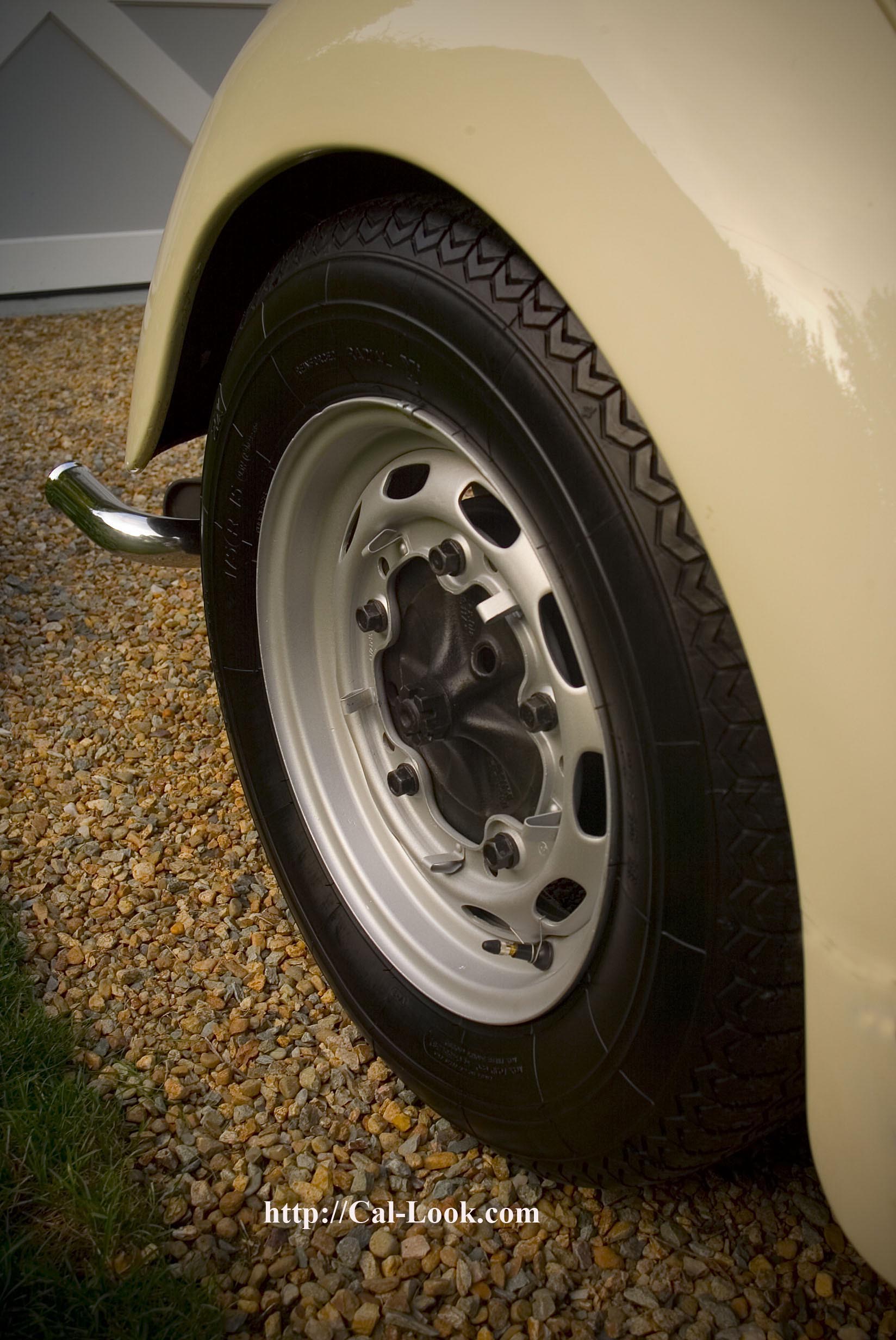
The last detail was to run period lead wheel balancing weights. The tires guys I use almost fell off their chairs when I requested these, as everyone runs hidden stick-on weights (for aesthetics), but I wanted my wheels to be 100% period correct. They shrugged their shoulders, and pointed out that the older weights are actually better for balancing, because you get the weight out on the outer rim. I benefited on both accounts.
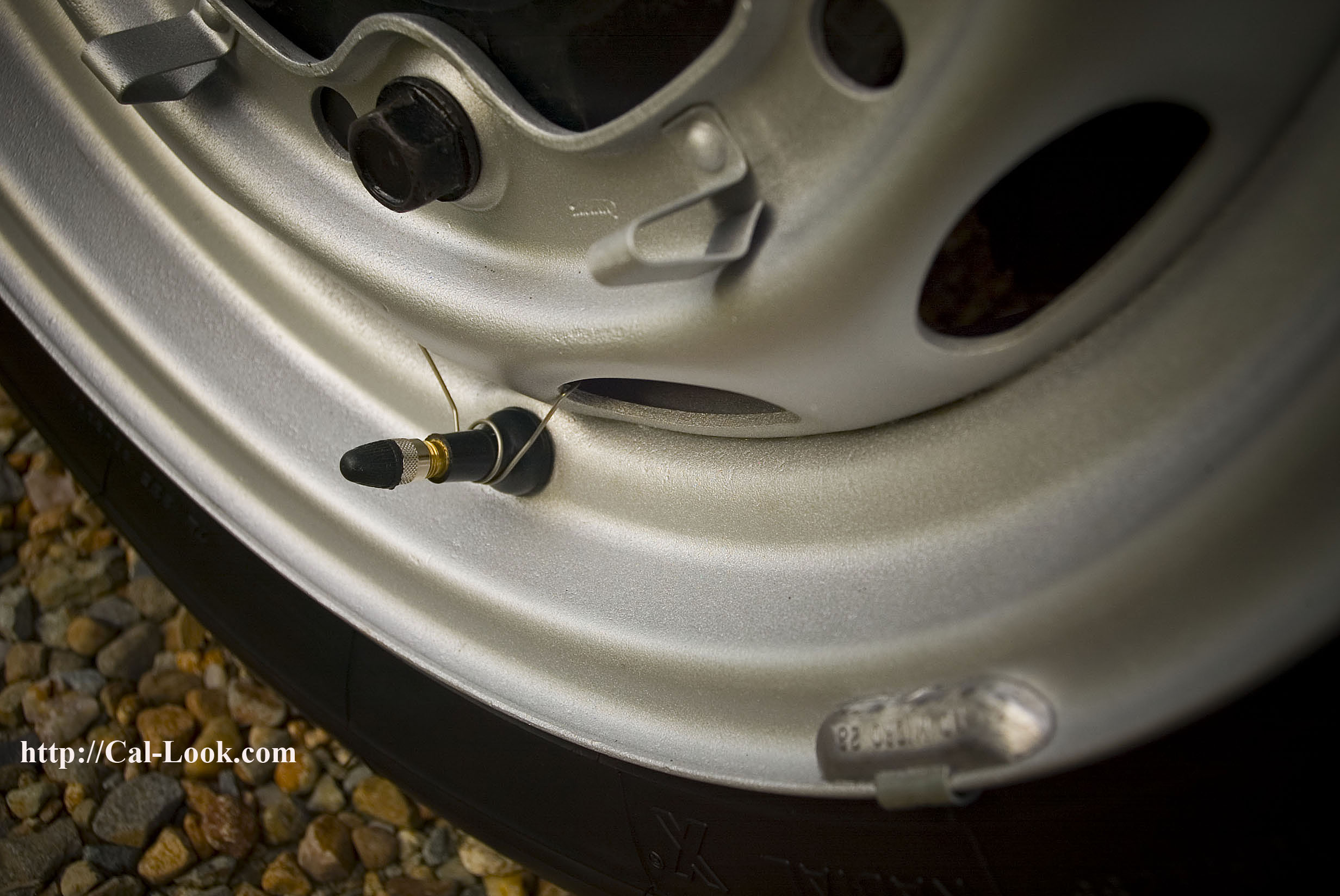
I’m really happy so far, and will post an update when I locate/create some 356 Carrera wheel spacers.
The wheels ride nice and straight and are vibration free, which is amazing for 50 year-old rims. You can feel the difference in wheel weight when accelerating versus my DDS wheels, but every wheel out there is heavier than a DDS wheel, so that will always be the case. It’s nice feeling a little more confident in the rims over bumps, and I look forward to throwing the car hard into corners once again. With its period EMPI Camber Compensator and NOS Konis, this car handles in the corners, and is more fun than even my 911!

